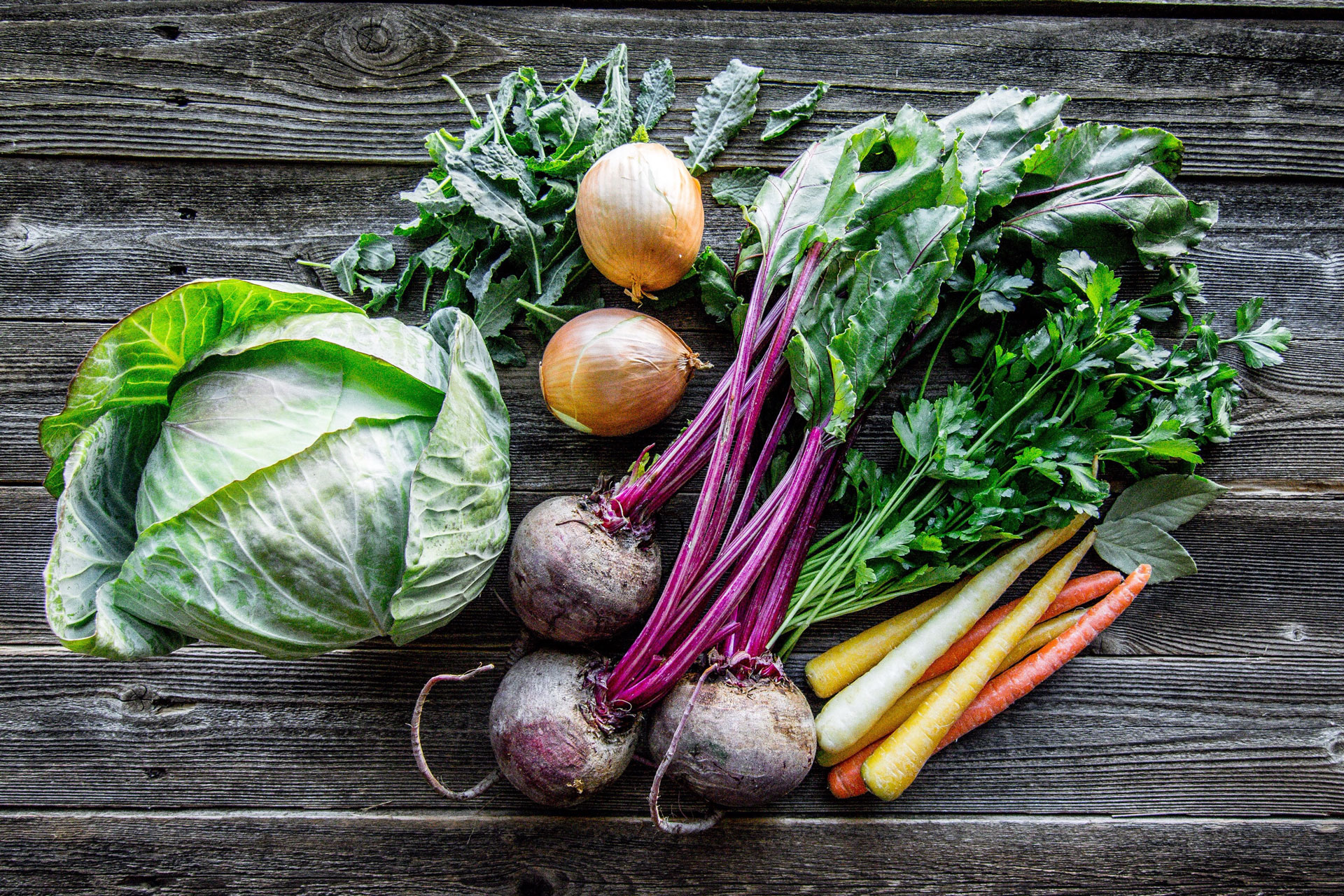10 Ways to Save Money at the Farmers’ Market
There’s a common perception that farmers’ markets are expensive, sometimes prohibitively so. But fresh, local, seasonal food isn’t just for the privileged few, it’s for everyone. And by being a little strategic, using insider tips like these, you can get more for your money and truly make your farmers’ market dollars count.
Keep in mind that many markets accept SNAP and WIC, and some even use “market match” programs — such as Double Up Food Bucks — that multiply the value of these benefits. Ask your market manager for more information.
Here are a few ways to save money at the farmers’ market.
1. Buy Food at the Peak of its Season
Buying food when it is at its most abundant is the best and easiest strategy for stretching your market dollars. Think of seasonality as a bell curve. There will be a trickle of any given crop at the beginning of its season that will build and then taper off. At the peak of the season, the crop is abundant and the price will be at its lowest. Although many farmers plant at intervals to smooth out this pattern as much as possible, their harvests will follow this tempo to some degree as well.
2. Seek out “Seconds”
Produce that looks a little less than perfect doesn’t always make it to the display table. So-called seconds might have a little dent or ding but are still delicious and are often deeply discounted. Ask your farmer if they have any on hand.
3. Buy in Bulk/Shop with a Friend
Farmers are often happy to offer case discounts or reduced prices for large orders. Get together with a friend or two to share the haul. Just make sure you can either eat everything you bought or have a plan to preserve what’s left.
4. Use a General Shopping List
Try to stay broad-minded when making your shopping list, sticking to categories like “greens for sautéing” or “vegetables to roast” rather than specific items and you will be better able to take advantage of what is available, and what’s the most affordable that day.
5. Substitute Simpler Varieties and Stretch Pricey Ingredients
Pricey porcini mushrooms might not fit in your budget, but there are probably other more common mushrooms that will. When shopping for “gourmet” ingredients, ask your farmer if they might know of an alternative that would work equally well in your recipe. Try mixing in less expensive produce with pricier items to lower the cost of a dish. Take berry pie, for example. It’s delicious, but those little jewels can add up to be quite a treasure. A mix of berries with apples or stone fruit — which can be less expensive — will taste great and be a bit lighter on your pocketbook.
6. Enjoy Good Meat but Less of It
We are used to steaks as big as our plates, but a satisfying dinner doesn’t need to feature such a large portion. Meat, sliced and shared is just as tasty and when served this way can feed more than one diner.
7. Buy Lesser Cuts of Meat and Fish
Fish collars sell for much less than filets. Roasts cost less than tenderloins. Using a whole animal approach to buying meat — one that celebrates all of the different cuts — or even the offal or innards — will lower your grocery bill.
8. Use the Whole Thing
Be mindful of every part of the plant. The beet tops, carrot fronds and chard stems make up a large segment of the produce you are buying. Throw it away and you’re throwing out your money, too.
9. Make Organic Count
In a perfect world, everything would be organic all the time but certification shouldn’t always be a deal breaker. Know which fruits and vegetables are most important to source as organic and which are less likely to be affected by non-organic practices. Talk to your farmer to see if they may be using “low spray” techniques, or IPM (Integrated Pest Management) — or possibly organic practices that aren’t labeled as such because they haven’t gone through the (costly) process of certification.
10. Compare Prices and Markets
Vendors have different prices depending on what is growing abundantly for them. It doesn’t hurt to do a little walk through to comparison shop before you start filling up your basket.
You may be lucky enough to have several markets in your area. It might be worth doing a little price comparison between markets, too. Vendor fees can vary from market to market and those often get passed on to consumers.
Insider tip:
Do keep in mind, however, that farmers operate on very narrow margins. Honor their hard work and commitment to the health of the land and you. Never try to haggle. Do not shop late in the day, expecting a bargain. And do not insult the prices — every farmer is doing their best to remain competitive.
For more tips on what questions to ask while at the farmers’ market, visit our Shopping Sustainably section
Get the latest food news, from FoodPrint.
More Reading
Fermenting and freezing are your secret weapons for preserving root vegetables
October 17, 2024
Quinces are due for a renaissance
September 16, 2024
Six unusual greens to try
September 4, 2024
These 5 new cookbooks will help you master late-summer eating
July 29, 2024
Celebrate seasonal eating with our 5-night late-summer meal plan
July 22, 2024
Some foods are styled as ‘climate saviors.’ Who are they saving?
May 21, 2024
Protecting endangered foods one bite at a time
May 6, 2024
Meet muscadines, the native grapes of the southern U.S.
April 1, 2024
Eat more grains — and keep it local
September 29, 2023
Why We Love Photographing Our Farmers' Market Hauls
August 9, 2023

